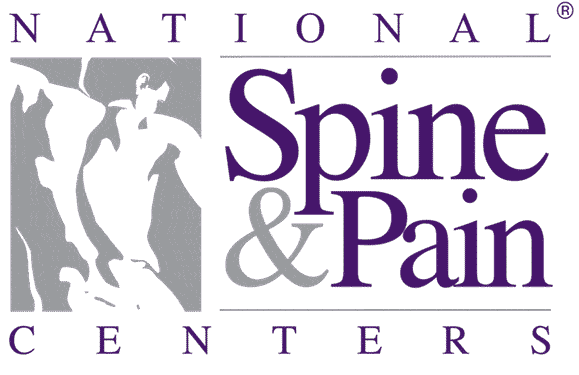People in pain are so anxious to find relief that they often don’t take the time to understand the risks associated with different treatments.
It is important to understand that every treatment may have some risk associated with it. Even minimally invasive procedures. That’s because the term “invasive” indicates there will be some tissue damage. Therefore, minimally invasive procedures may result in minimal tissue damage.
Injections generally result in the least tissue damage, but there are different levels of risk associated with different kinds of injections. The least invasive procedures inject a substance such as platelet rich plasma, stem cells or anything capable of initiating healing. Injections that might relieve pain or improve function—such as steroids shots—are slightly riskier since they can kill cartilage cells and/or other tissue. Injection-based procedures that destroy tissue are the most invasive, such as radiofrequency ablation which relieves pain by deadening nerves with heat.
Some minimally invasive procedures require needles that are actually more like small hollow tubes. Even within this category, the size of the tubes differ. For patients suffering from spinal stenosis, we can extract ligament tissue in the spinal canal through a tube in a procedure called minimally invasive lumbar decompression (MILD). But some spinal stenosis patients may be better treated by using a slightly larger tube to insert an interspinous spacer between their discs. Because these needles (tubes) are larger than a typical hypodermic needle, there may be more tissue damage than you would expect from a typical injection.
Even surgery spans a range from least to most invasive. A laminectomy is a less invasive surgery that usually removes something, such as a piece of vertebral bone. More invasive surgery entails inserting something. This occurs in spinal fusion, where the vertebra are bolted together.
At Stem Cell Arts, our goal is to ensure we pursue the least invasive options first. While it might be tempting to think that bigger is better and will result in the best results, this is not always the case, especially if the procedure fails or results in complications.
Every patient should know that complications can arise in any medical procedure, regardless of the level of severity. At Stem Cell Arts, patient safety is our primary goal, therefore, we will use our expertise to find the right procedure for each patient’s unique circumstance while doing everything possible to support positive outcomes and minimize risk.
If you are in pain, or are unsure about what procedures might work best for you, contact us. We’re happy to answer your questions and help you regain your quality of life.

